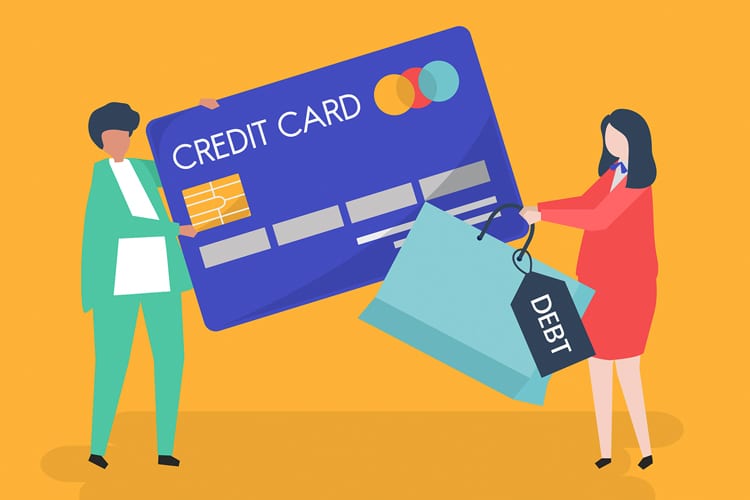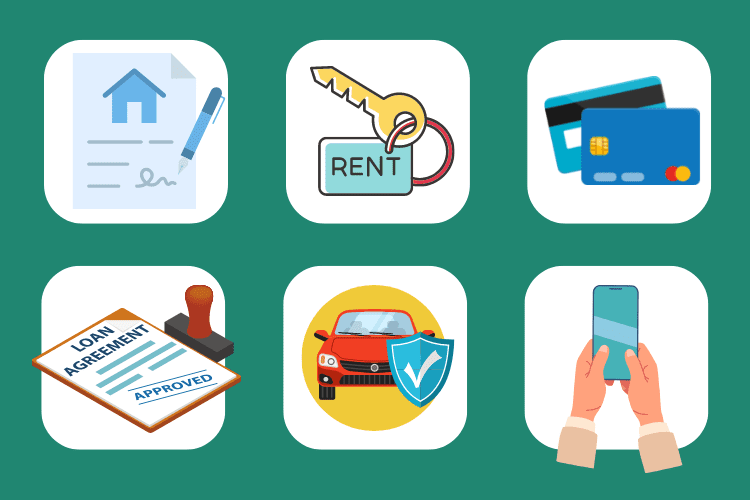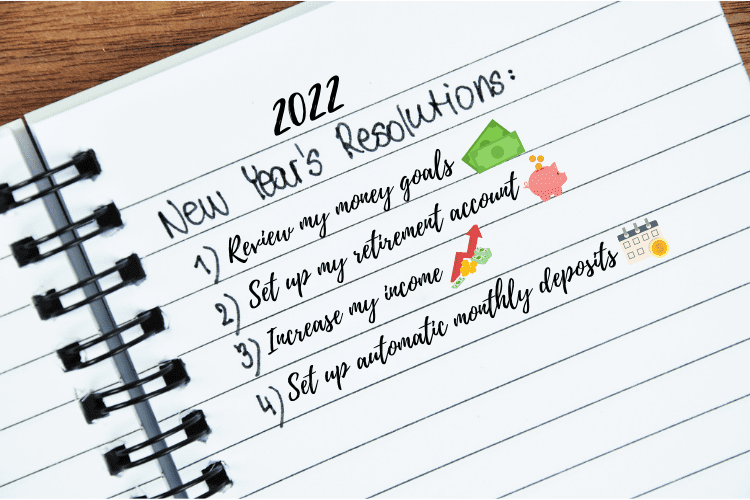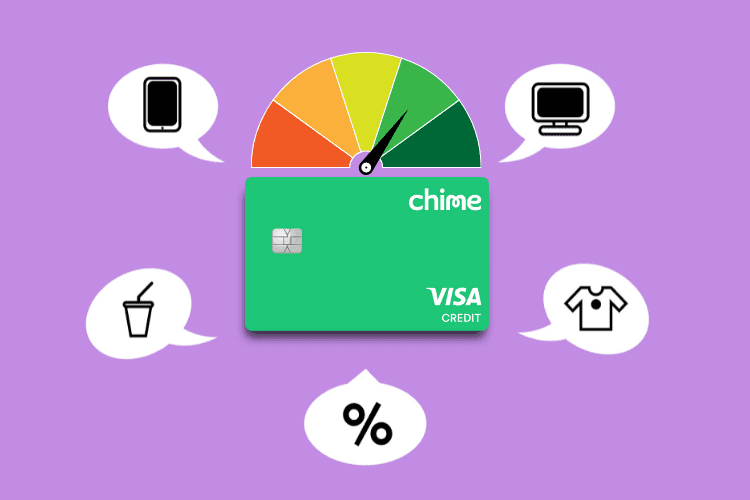How to Get Out of Credit Card Debt

Any amount of credit card debt is bad news, especially when you start creeping into the thousands. A higher credit card balance accrues more interest, which raises your monthly payments and ultimately stretches your budget beyond comfort.
Maybe that explains why credit card defaults are on the rise right now, especially among young cardholders, according to the Federal Reserve Bank of New York. You don’t want to become part of that statistic, so learn how to get out of your credit card debt now.
Analyze Your Spending Habits
It’s the age-old question: Where is your money going?
You can’t climb out of debt until you evaluate your spending habits and identify costs that you can cut or reduce. Start by making a budget. A budget calculates your total take-home income and allocates every dollar for a specific purpose. As long as you stick to your budget, you’ll avoid spending money in the wrong places (like eating out three times a week or making impulse purchases on Amazon at 2 AM).
It’s also a good idea to review your credit card statements and circle every unnecessary purchase. Consider the best ways to prevent those unnecessary purchases in the future:
Leave your credit cards at home to stop temptation
Set “no spend” days when you commit to buy nothing other than absolute necessities
Remove your credit cards from online accounts and auto-subscriptions
Once you have a clear idea of your spending pitfalls, you can make a plan to clear your credit card debt quickly.
Set a Realistic Plan
The same debt payoff plan won’t work for everybody. Evaluate your credit card balances, APR rates, and total debt to decide which of the following techniques will work best for you.
- Pay Off High-Interest Balance First. This is a great idea if you have one credit card with a painfully high interest rate. You’ll reduce the money you waste on interest payments, giving you more money to apply to your other debts.
- Pay Off the Smallest Balance First. If you’re not concerned about APR rates and would rather enjoy some instant gratification, consider paying off your smallest balance first. Perhaps your lowest credit card balance is $850. Maintain minimum payments on your other cards while making the highest payments possible toward that $850. It won’t take long until the balance hits zero and you can begin chipping away at the next card.
- Ask for a Lower Interest Rate. This isn’t a guaranteed tactic, but some credit card companies will negotiate a lower APR if you mention a competing card. It’s worth a try, right?
- Stop Using Your Cards. Only spend money that you have sitting in your bank account using cash or a debit card—and don’t spend it unless it’s in your budget. If you’re concerned about your willpower, consider cutting your credit cards up altogether or asking a family member to hide them. Whatever gets you to the finish line!
- Track Your Debt Payoff Visually. There’s nothing more rewarding than watching your debt decrease before your eyes. This keeps you motivated and reminds you why you’re making such important spending changes. Keeping track of your debt in a spreadsheet and making graphs or using a budgeting app will help you visualize your progress.
Change Your Bad Habits For Good
You aren’t going to all of this hard work just to dig yourself back into credit card debt in six months. Once you’ve paid eliminated your debt, make a commitment to lasting change.
Follow your budget, track your spending, and never charge more to your credit card than you can payoff. After enough practice, these financial habits will become second nature. You might even start to cringe at the very idea of getting close to your credit limit or just making minimum payments on your card.
Read about micro-investing and how to get started with our complete guide: Micro-Investing: What It Is, Why It’s for You and How to Start.










